Index
- Introduction to Native Advertising
- Native Advertising vs. Traditional Advertising
- Types of Native Advertising
- In-Feed Ad Units
- Sponsored Content
- Recommendation Widgets
- Branded Content
- How Native Advertising Works
- The Benefits of Native Advertising
- Best Practices for Creating Native Ads
- Measuring the Success of Native Advertising
- Examples of Successful Native Advertising Campaigns
- Challenges in Native Advertising
- Native Advertising in the Digital Age
- Future Trends in Native Advertising
- Ethical Considerations in Native Advertising
- The Blend of Content and Promotion
- Consumer Perception of Native Ads
- Conclusion: The Power of Native Advertising
What is Native Advertising - How it Works?
Native advertising has emerged as a powerful and increasingly popular marketing strategy, seamlessly integrating advertisements into the content users are already engaging with. In this article, we'll explore the concept of native advertising, how it works, and why it's gaining traction in the world of digital marketing.
Introduction to Native Advertising
Native advertising is a form of paid media where the ad experience follows the natural form and function of the user experience. Unlike traditional display ads, which are often disruptive and easily identified, native ads blend in with the content around them, making them less intrusive. This subtlety is one of the key strengths of native advertising.
Native Advertising vs. Traditional Advertising
To understand native advertising better, it's important to distinguish it from traditional advertising. In traditional advertising, banners, and pop-ups dominate, causing users to become increasingly ad blind. Native ads, on the other hand, harmoniously blend with the content, enhancing the overall user experience and engagement.
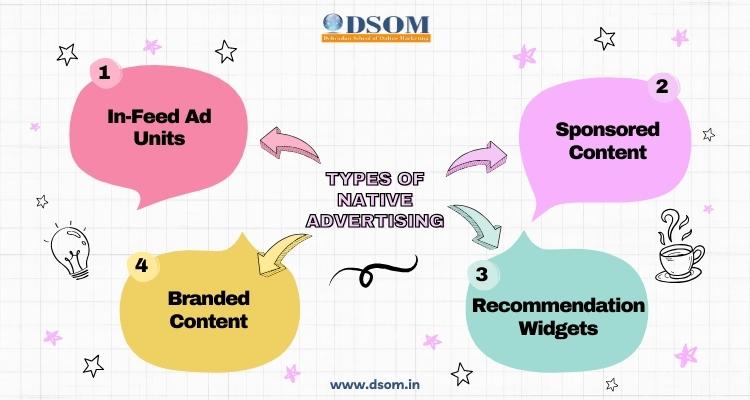
Types of Native Advertising
1. In-Feed Ad Units
In-feed ad units are native ads that appear within a website's content feed. They match the look and feel of the surrounding content, allowing them to seamlessly integrate into the user's browsing experience.
2. Sponsored Content
Sponsored content involves brands creating articles, videos, or other media that resemble the site's editorial content. These pieces are labeled as "sponsored," but they are designed to be informative and engaging.
3. Recommendation Widgets
Recommendation widgets suggest related articles or content to the user. These widgets often appear at the end of an article and can drive traffic to other pieces of content, including sponsored articles.
4. Branded Content
Branded content is typically produced by advertisers and is integrated into the website's content. It is not explicitly promotional but aligns with the brand's values and messaging.
How Native Advertising Works
Native advertising works by matching the form and function of the platform it appears on. Advertisers work closely with publishers to create content that feels native to the site. This content can be in the form of articles, videos, infographics, or even social media posts.
The Benefits of Native Advertising
Native advertising offers several advantages, including improved user engagement, higher click-through rates, and the ability to target specific audiences effectively. It also enhances brand credibility and trust.
Best Practices for Creating Native Ads
Creating effective native ads involves maintaining transparency, relevance, and creativity. Ads should provide value to the reader, align with the platform, and be clearly marked as "sponsored."
Measuring the Success of Native Advertising
Success metrics for native advertising include engagement rates, click-through rates, and conversion rates. Advertisers also track user feedback and sentiment.
Examples of Successful Native Advertising Campaigns
Several brands have excelled in native advertising. For instance, Buzzfeed's partnership with brands for sponsored posts and Forbes' "BrandVoice" section both demonstrate the potential of native ads.
Challenges in Native Advertising
Native advertising is not without its challenges. Maintaining transparency and avoiding deceptive practices are essential concerns. Striking the right balance between content and promotion can be tricky.
Native Advertising in the Digital Age
As digital advertising evolves, native advertising is becoming more sophisticated. Advertisers now use programmatic technology to deliver native ads to the right audiences.
Future Trends in Native Advertising
The future of native advertising will likely involve increased personalization and the use of AI for content generation and ad placement.
Ethical Considerations in Native Advertising
Brands and publishers need to navigate ethical considerations in native advertising carefully. Maintaining transparency and respecting user trust is paramount.
The Blend of Content and Promotion
Native advertising strikes a unique balance between content and promotion, offering an advertising solution that doesn't disrupt the user experience.
Consumer Perception of Native Ads
Consumers often appreciate the informative and engaging nature of native ads. When done right, native ads enhance, rather than disrupt, their online experience.
The Power of Native Advertising
Native advertising has established itself as a powerful tool in the marketer's toolbox. It combines the art of storytelling with the science of data, providing an effective way to reach and engage with audiences. As the digital landscape continues to evolve, native advertising will play a pivotal role in shaping the future of online marketing.
FAQs
Q1. What distinguishes native advertising from traditional advertising?
A1. Native advertising seamlessly integrates into the user's content experience, blending with the surroundings, while traditional advertising tends to be disruptive.
Q2. How can brands ensure the success of their native advertising campaigns?
A2. Brands can ensure success by creating transparent, relevant, and creative content that provides value to the audience.
Q3. What are some challenges in native advertising?
A3. Challenges include maintaining transparency, avoiding deceptive practices, and finding the right balance between content and promotion.
Q4. What does the future hold for native advertising?
A4. The future of native advertising is likely to involve increased personalization and the use of AI for content generation and ad placement.
Q5. How do consumers perceive native ads?
A5. When done right, consumers often appreciate native ads for their informative and engaging nature, as they enhance their online experience.
 How to Turn Your Photos into Ghibli-Style Art with ChatGPT for Free
How to Turn Your Photos into Ghibli-Style Art with ChatGPT for Free Top 10 AI Tools for Plagiarism-Free Content Writing: Boost Your SEO & Digital Marketing Efforts
Top 10 AI Tools for Plagiarism-Free Content Writing: Boost Your SEO & Digital Marketing Efforts The Rise of Graphic Designing in 2025: A Career Guide.
The Rise of Graphic Designing in 2025: A Career Guide. The Rise of Video Editing: A Crucial Skill in 2025
The Rise of Video Editing: A Crucial Skill in 2025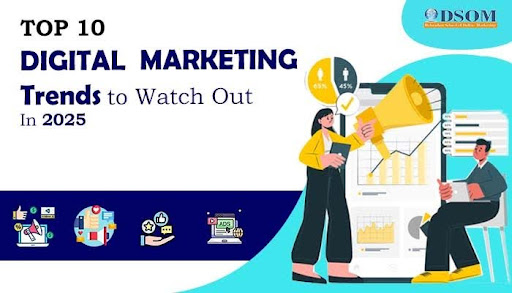 Top 10 Digital Marketing trends in 2025
Top 10 Digital Marketing trends in 2025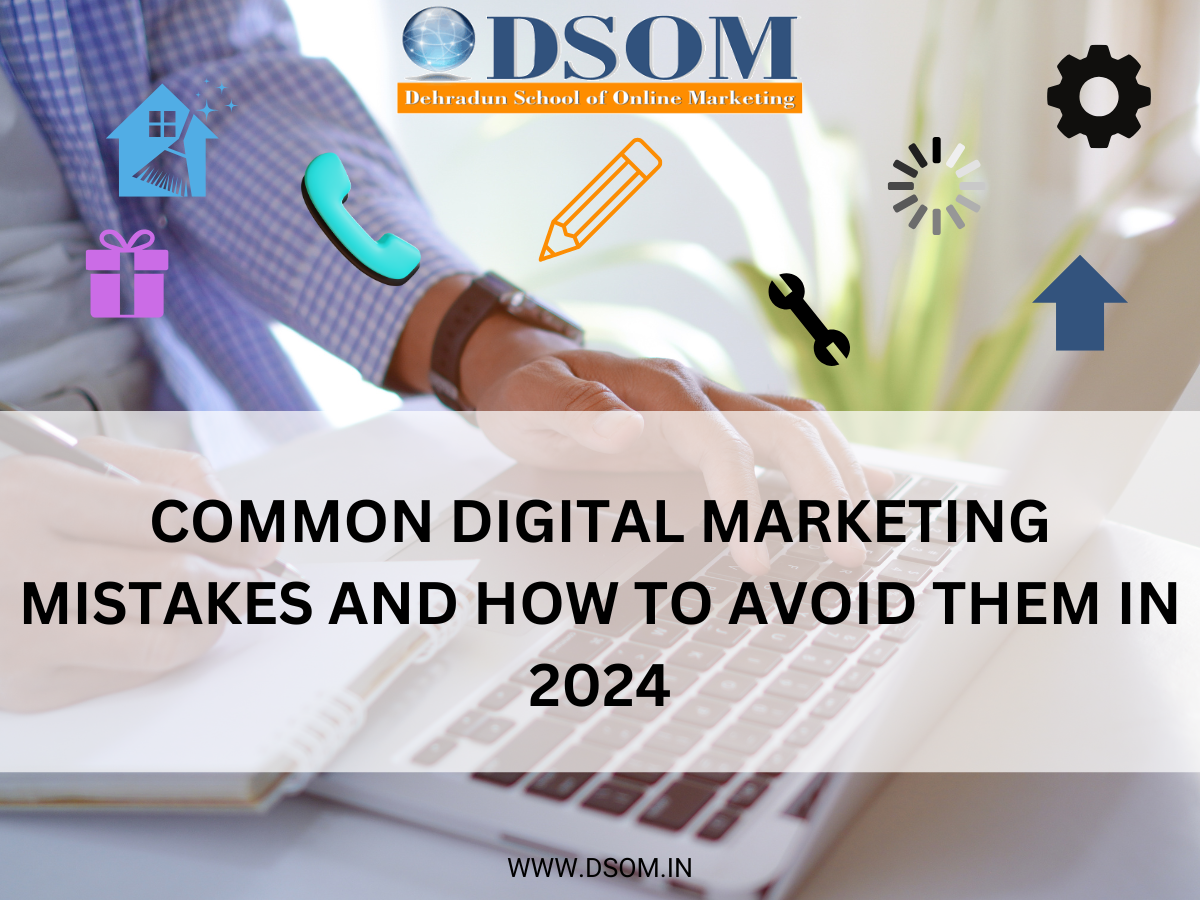 Common Mistakes in Digital Marketing and How to Avoid Them 2025
Common Mistakes in Digital Marketing and How to Avoid Them 2025 The Future of Digital Advertising: What You Need to Know
The Future of Digital Advertising: What You Need to Know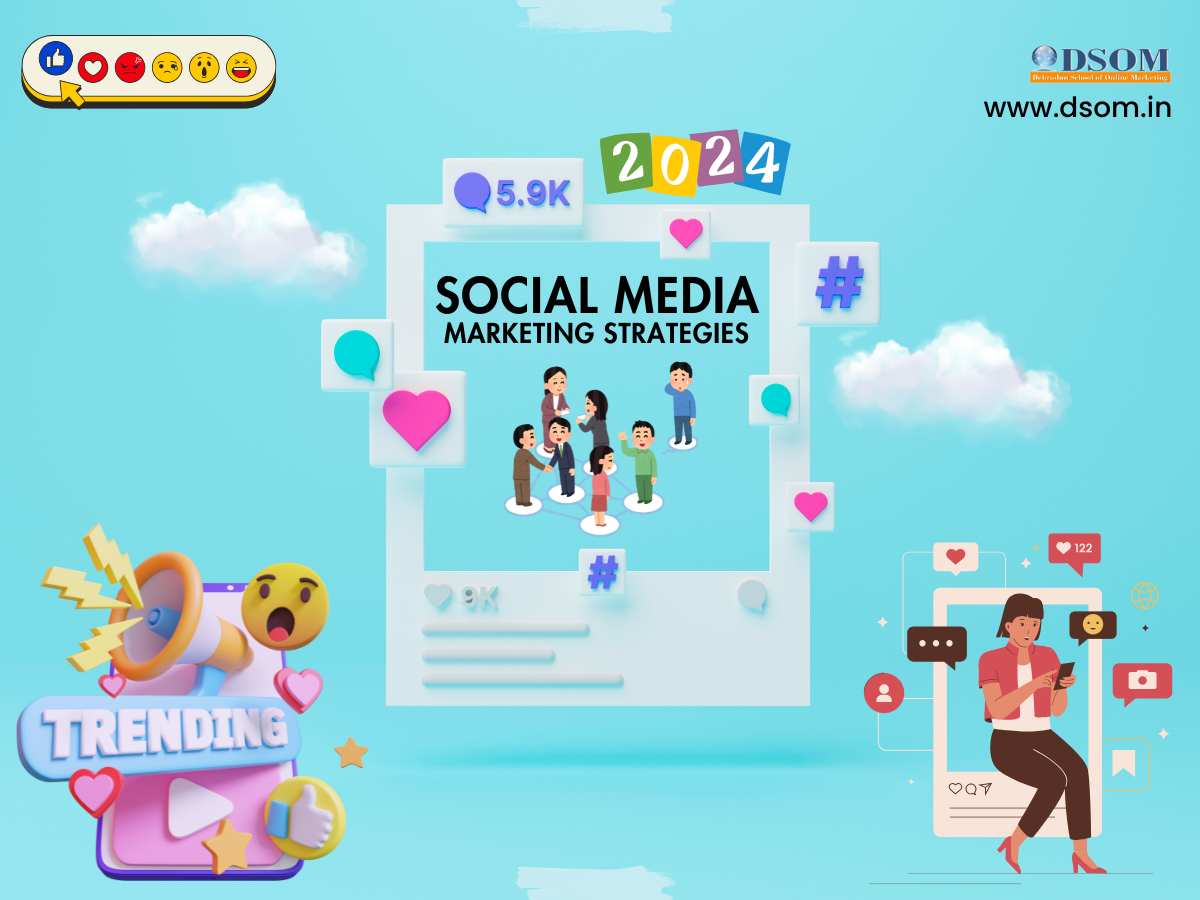 Social Media Marketing in 2024: Strategies for Maximum Engagement
Social Media Marketing in 2024: Strategies for Maximum Engagement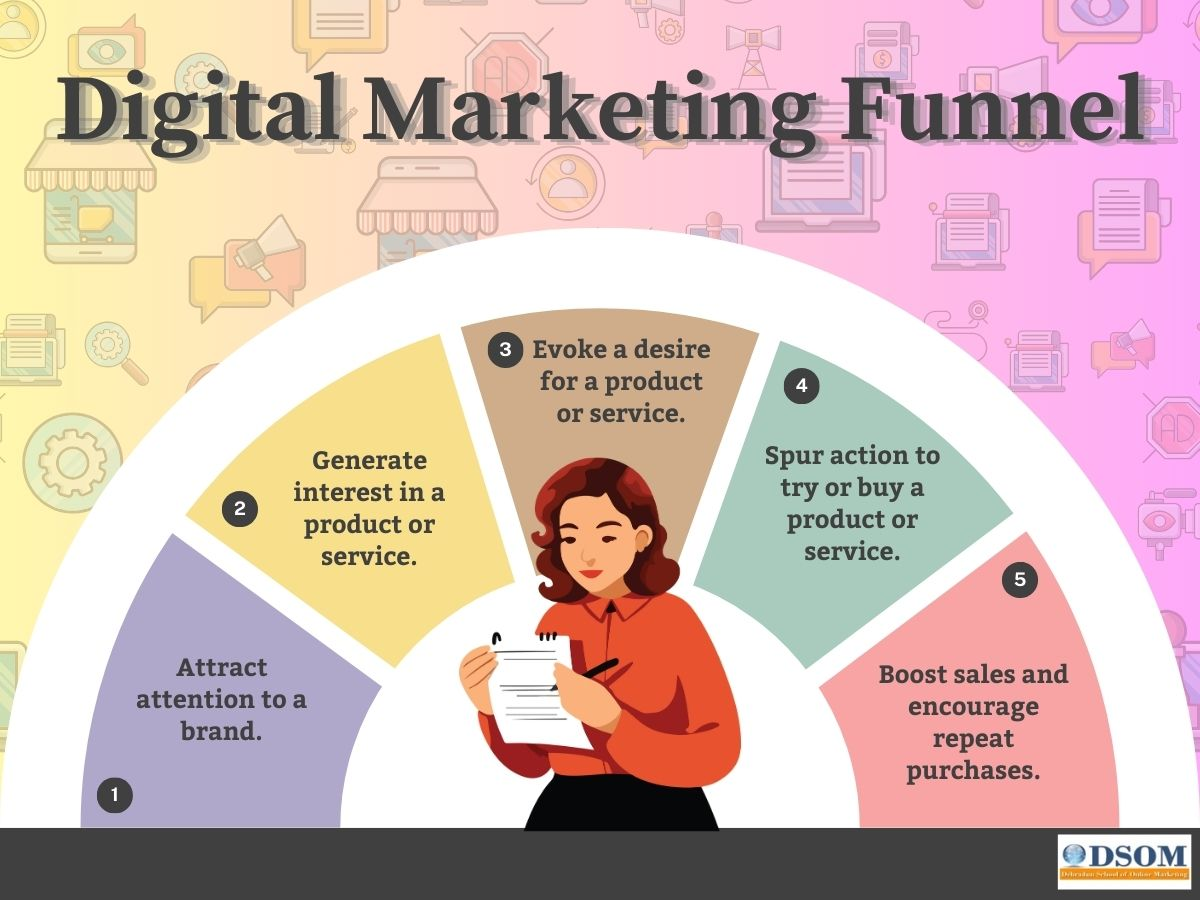 Building a Successful Digital Marketing Funnel: A Step-by-Step Guide
Building a Successful Digital Marketing Funnel: A Step-by-Step Guide 5 ways to make money from home using AI (Artificial-Intelligence) in 2024
5 ways to make money from home using AI (Artificial-Intelligence) in 2024